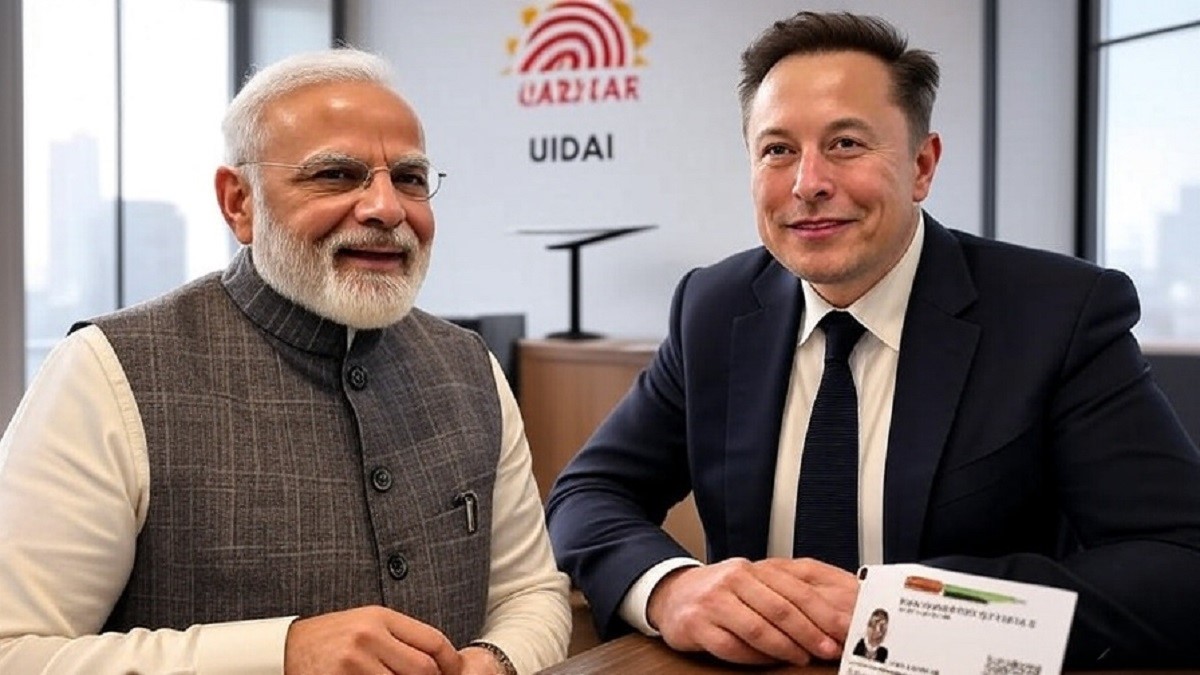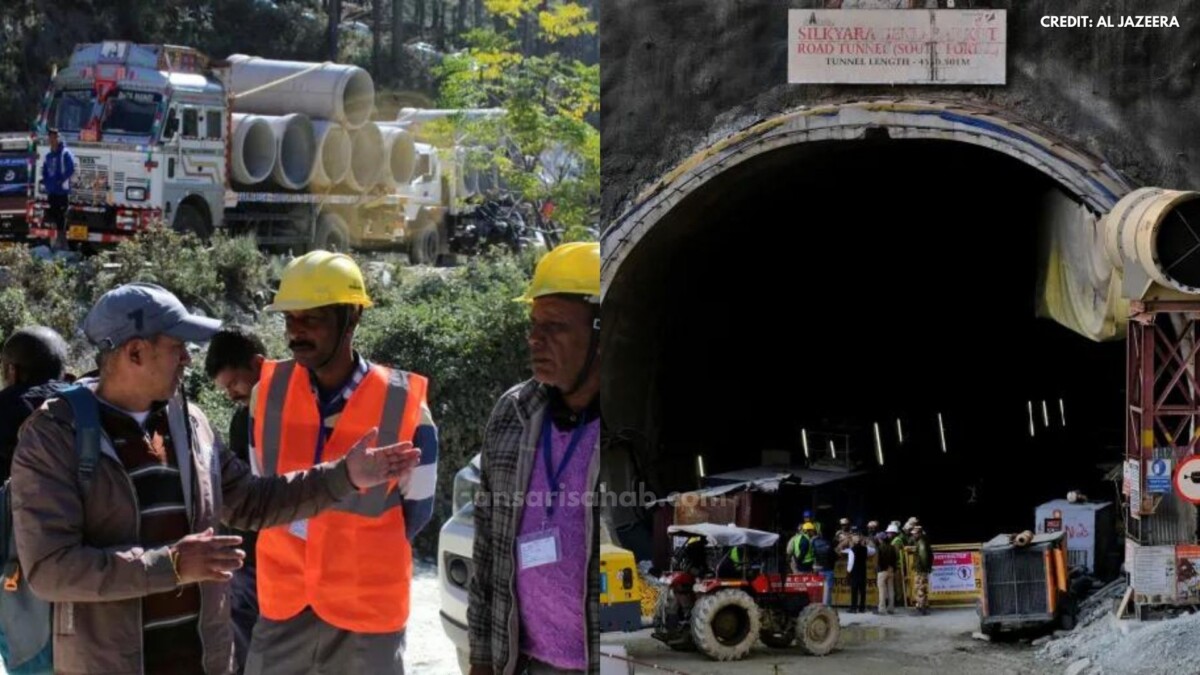In a game-changing development, Starlink—Elon Musk’s satellite internet provider—is joining forces with UIDAI, India’s Aadhaar authority, to enable Aadhaar-based e-KYC for customer onboarding. This landmark partnership promises to redefine how people in India, especially in remote and underserved areas, access high-speed internet—making the process faster, more secure, and effortlessly paperless.
A Match Made in Digital Heaven: UIDAI and Starlink Team Up
Imagine combining the world’s most extensive satellite internet network with India’s most trusted digital identity system—that’s UIDAI and Starlink teaming up. By using Aadhaar e-KYC, Starlink can authenticate users instantly, cutting out cumbersome paperwork and long verification delays. For rural households, businesses, and institutions, this means being online in no time—with peace of mind built in.
Starlink’s onboarding as a Sub-Authentication User Agency and Sub-eKYC User Agency signals full integration with the Aadhaar system. This not only underscores trust but also underscores India’s robust digital infrastructure—now powering global satellite tech.
Why This Partnership Matters—And Fast
1. Speed Meets Simplicity
Making Starlink accessible across India hinges on efficient verification. With Aadhaar e-KYC, Starlink can verify new users in minutes instead of days. The process is voluntary, user-friendly, and aligned with existing norms—packed with the power of instant and authenticated digital identity.
2. Connectivity Reimagined
India’s most challenging terrain—mountains, forests, deserts—faces chronic internet gaps. This collaboration supercharges Starlink’s ambition to serve those areas. With Aadhaar integration, rolling out hardware and services becomes frictionless—a true leap in digital inclusion.
3. Compliance Without Compromise
Entering India’s complex telecom landscape isn’t easy. But onboarding via Aadhaar ensures Starlink meets all regulatory obligations—securely, transparently, and with audit trails firmly in place. It’s a win-win for speed and governance.
Bringing It Home—Starlink’s India Strategy in Motion
Starlink isn’t entering India lightly. It’s already secured a license to operate satellite broadband, and now it’s setting the stage for a targeted rollout: capped at two million users initially. The idea is smart: begin modestly, serve reliably, and scale responsibly.
To ramp up distribution, Starlink has allied with Airtel and Reliance Jio—two telecom giants with deep-reaching networks. Their partnership ensures that satellite equipment, onboarding assistance, and customer support reach every nook of India. It’s not competition—it’s collaboration.
What’s in It for Starlink—and For India
For Starlink:
- Seamless Growth: Aadhaar e-KYC means onboarding rockets past traditional hurdles.
- Market Access: With regulatory alignment and telco partnerships, Starlink builds credibility fast.
- Brand Trust: Patriotism sells, and “verified by Aadhaar” translates to trust for users.
For India:
- Nationwide Access: Rural communities gain entry into the digital grid.
- Digital Strength Showcase: Aadhaar’s role in satellite tech highlights India’s leadership in digital identity.
- Balanced Ecosystem: Limited-user rollout and performance parity keep competition fair.
Looking Ahead—What Comes Next?
- Pre-orders to Go Live: Many anticipate that with Aadhaar integration, Starlink will soon open pre-orders—especially useful in low-connectivity zones.
- Hardware and Pricing Updates: Early whispers suggest the Starlink kit could cost around ₹30,000–₹40,000, with monthly plans between ₹3,000–₹5,000. Expect speeds from 25 to 220 Mbps—premium, yes, but life-changing where it’s poorly connected today.
- Pilot Regions, Phased Expansion: Rural outreach programs may test connectivity in pilot zones before a broader rollout.
- Enhanced Features: Expect additional Aadhaar features—like face authentication—to further streamline access.
- Competition Collaboration: Airtel and Jio’s support could mean bundled offerings—Wi-Fi plus satellite backup, hybrid packages, or even rural digital hubs.
Final Thoughts—A Gateway to Inclusive Connectivity
This UIDAI–Starlink partnership isn’t just a tech story—it’s a narrative of access, inclusion, and empowerment. By bringing high-speed satellite internet under the aegis of Aadhaar e-KYC, India bridges its most isolated communities to the digital world.
The future is clear: fast, secure, and inclusive connectivity powered by the synergy of India’s digital identity and global satellite infrastructure. This isn’t just better internet—it’s the dawn of new possibilities.
FAQs—Clearing Common Questions
No—Aadhaar-based e-KYC is voluntary, but encouraged for smooth onboarding.
It ensures manageable growth without overwhelming infrastructure or disrupting local telecom markets.
Not significantly; collaboration means coexistence rather than competition—especially in underserved areas.
Aadhaar’s authentication is highly encrypted and regulated, meeting KYC norms with stringent privacy measures.
With all approvals in place and Aadhaar integration underway, rolling out by Late 2025 or early 2026 seems probable.









